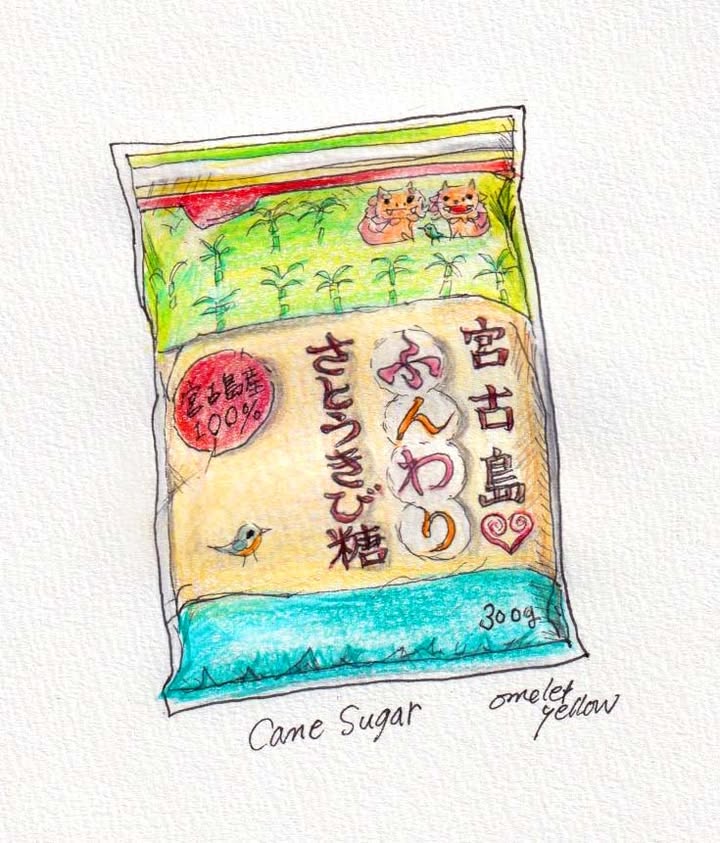For cooking, I usually use cane sugar.
This one is made from 100% sugarcane grown on Miyakojima island, one of the Okinawa Islands. It has an extra-fine texture, melts easily, and is rich in minerals and flavour. Crops from Miyakojima are especially tasty- they thrive in the island’s rich soil and sunny climate.
This one is made from 100% sugarcane grown on Miyakojima island, one of the Okinawa Islands. It has an extra-fine texture, melts easily, and is rich in minerals and flavour. Crops from Miyakojima are especially tasty- they thrive in the island’s rich soil and sunny climate.
